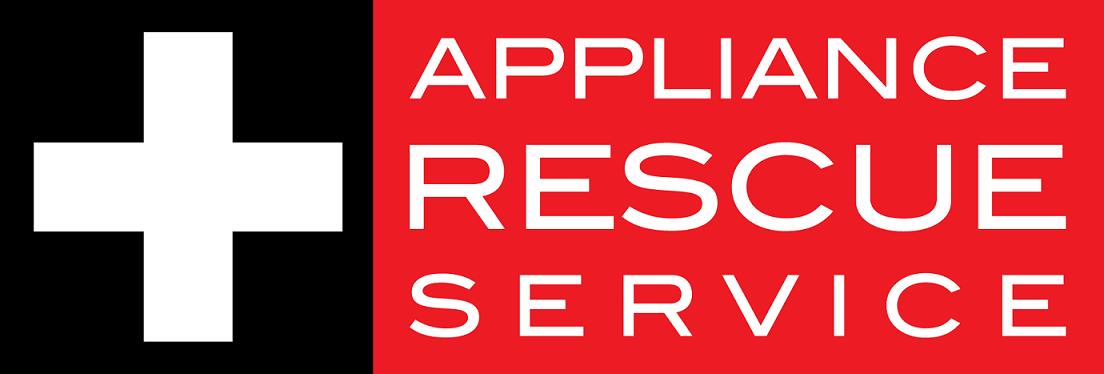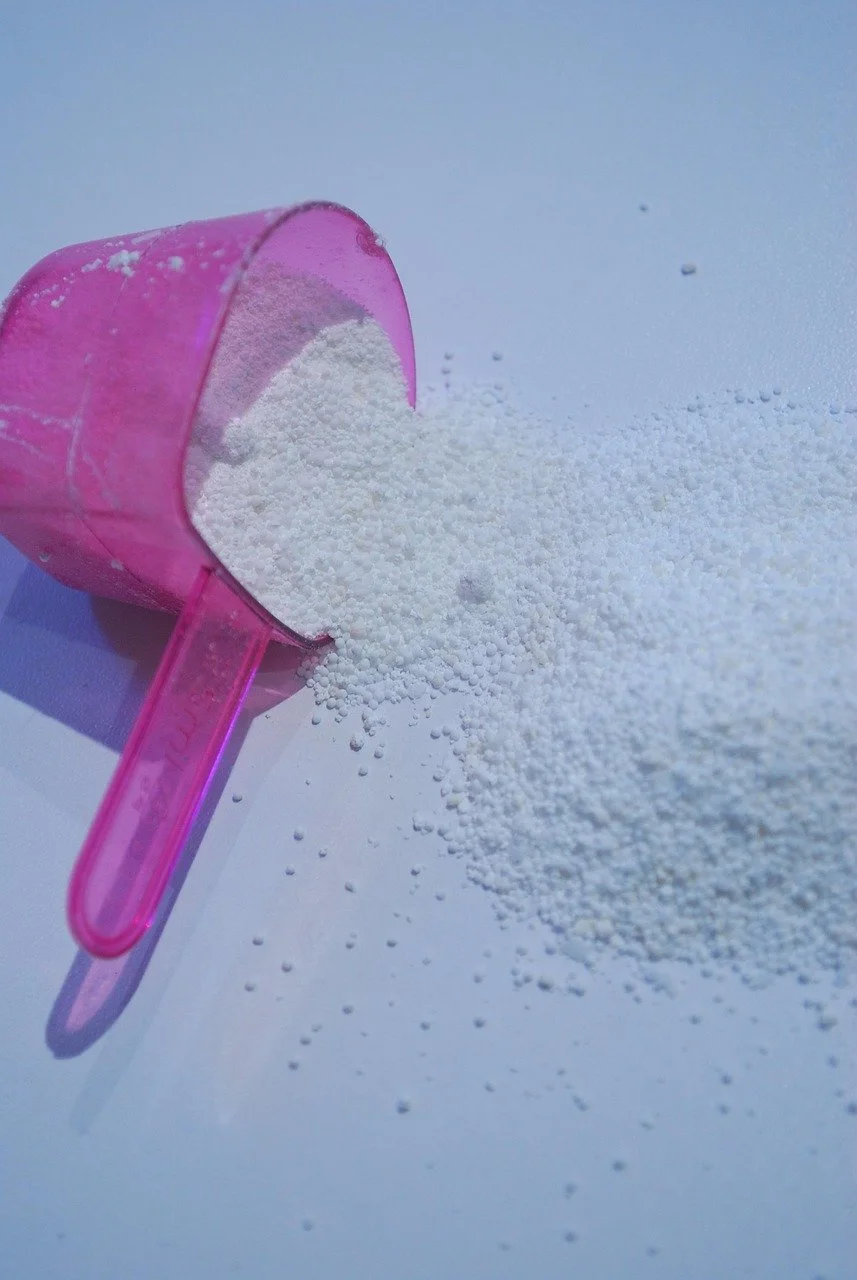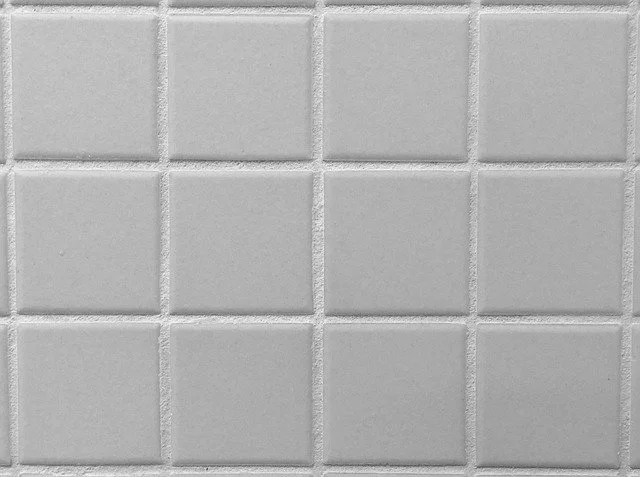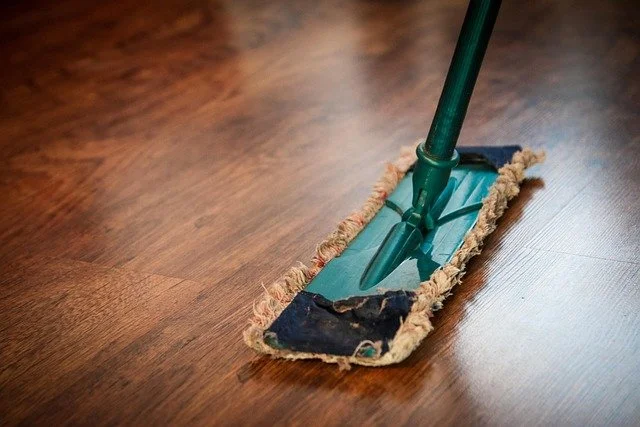The top 10 cleaning myths that get likes online—and cost you in real life.
Cleaning TikTok is the new HGTV—except instead of qualified professionals, you’ve got someone in pajamas pouring six cleaners into a toilet while narrating in a soothing voice. It's satisfying to watch. Sometimes it's even helpful. But most of the time? It's a fast track to ruined appliances, wrecked finishes, and chemical reactions your lungs did not sign up for.
Let’s break down 10 of the most popular viral cleaning myths—and why they’re more dangerous than helpful. Bonus: you’ll get the truth from actual experts (not just someone with good lighting and a pot lid).
1. Product Overload = Peak Clean? Not Even Close.
The Trend: TikTok’s #ProductOverload tag shows creators dumping entire bottles of cleaner into sinks, bathtubs, and toilets. It’s like a chemical ASMR video—and it gets millions of views.
The Truth: You know what too much product leaves behind? A sticky, filmy mess. “Using too much cleaning product can leave residue or build-up on your household surfaces, which in turn can attract more dirt,” explains Carylanne Brown, senior Grove guide at Grove Collaborative.
More product doesn’t mean more clean. It just means more mess (and possibly, more damage).
2. The Bleach + Vinegar Combo: Toxic, Not Clever
The Trend: Combine bleach with vinegar and get an “ultra-disinfecting” cleaner. Boom. Insta-ready.
The Truth: Please don’t. Mixing these two creates chlorine gas, which is extremely dangerous. You’ll go from “sparkling clean” to “call Poison Control” real fast.
3. Baking Soda + Vinegar: Not the Dynamic Duo You Think
The Trend: Dump baking soda and vinegar into your sink or toilet and watch the volcano fizz. So satisfying, right?
The Truth: It’s fun, sure—but not effective. The fizzing reaction neutralizes both ingredients, leaving you with salty water and zero cleaning power. “The chemical reaction is largely cosmetic,” says basically every chemist, ever.
4. Bleach-Soaked Toilet Paper on Grout = Cracked Tile
The Trend: Drench paper towels in bleach, line them up along grimy grout, and wait overnight.
The Truth: You’ll get some whitening… and possibly crumbling grout, damaged tile, or a hefty repair bill. Bleach is far too harsh for most porous surfaces. Skip the science fair.
5. Bleach + Dish Soap in the Drain: What Could Go Wrong?
The Trend: TikTokers pour bleach and dish soap into drains for a “deep clean.” Spoiler: it’s chaos in a cup.
The Truth: Some dish soaps contain ammonia. Mixed with bleach, that can produce chloramine gas, another respiratory hazard. Your lungs would rather you didn’t.
6. Magic Erasers on Leather and Car Interiors? Hard Pass.
The Trend: Scrub your leather seats or vinyl panels with a Mr. Clean Magic Eraser for a fresh-car finish.
The Truth: Magic Erasers are micro-abrasive. They can strip finishes, scratch surfaces, and cause discoloration. Great for walls. Not for your ride.
7. Mopping the Walls with Detergent Pods
The Trend: Boil a detergent pod, dunk a mop head, and swipe your walls for that "hotel clean" look.
The Truth: Just… why? This can damage paint, oversaturate drywall, and leave behind residue that attracts even more grime. Use a damp cloth and mild soap instead. Or better yet, read your paint can, as not all paints are even meant to be washed.
8. The Tide Pod Couch Scrubber
The Trend: Wrap a microfiber towel around a pot lid, dunk it in Tide and hot water, and “shave” your upholstery with it.
The Truth: This one looks effective— but, those tide pods are meant to be diluted with gallons and gallons of water. Not a single pot. So, that means that the chemicals in the detergent aren’t getting properly washed out of your couch. Between that and the potential to damage your skin if not diluted properly, just skip this one. If you wouldn’t wash your sofa with a garden hose, don’t do this either.
9. Ice Cubes in the Garbage Disposal (with Baking Soda + Vinegar)
The Trend: Dump ice, baking soda, and vinegar down the disposal to sharpen blades and clean it out.
The Truth: Ice doesn’t sharpen blades—it can jam or crack them. And again with the baking soda and vinegar combo—it’s mostly for show. Stick with a cleaner designed for disposals and rinse with hot water.
10. Self-Cleaning Appliances Take Care of Themselves
The Trend: “It has a self-cleaning button. That means I never have to touch it again!”
(Insert sad appliance noises here.)
The Truth: Dishwashers, ovens, washing machines—even vacuums—need regular manual cleaning. Filters, vents, seals, and gaskets don’t magically clean themselves. Appliances need regular maintenance to perform properly, as we often point out.
It’s tempting to trust the viral cleaning videos—fast, flashy, and seemingly effective. But a little bit of bleach foam and a camera angle doesn’t equal a clean, healthy home. Use the right products, in the right quantities, and clean the way your appliance manuals (and lungs) would prefer.
And if you’re not sure what’s safe for your fridge coils, oven vents, or washer drum? That’s what we’re here for.
If you're in the Frisco–Dallas–Allen area, Appliance Rescue Service is just a call away. We’ll keep your machines humming, your home sparkling, and your lungs chemical-free.
Call: (214) 599-0055




